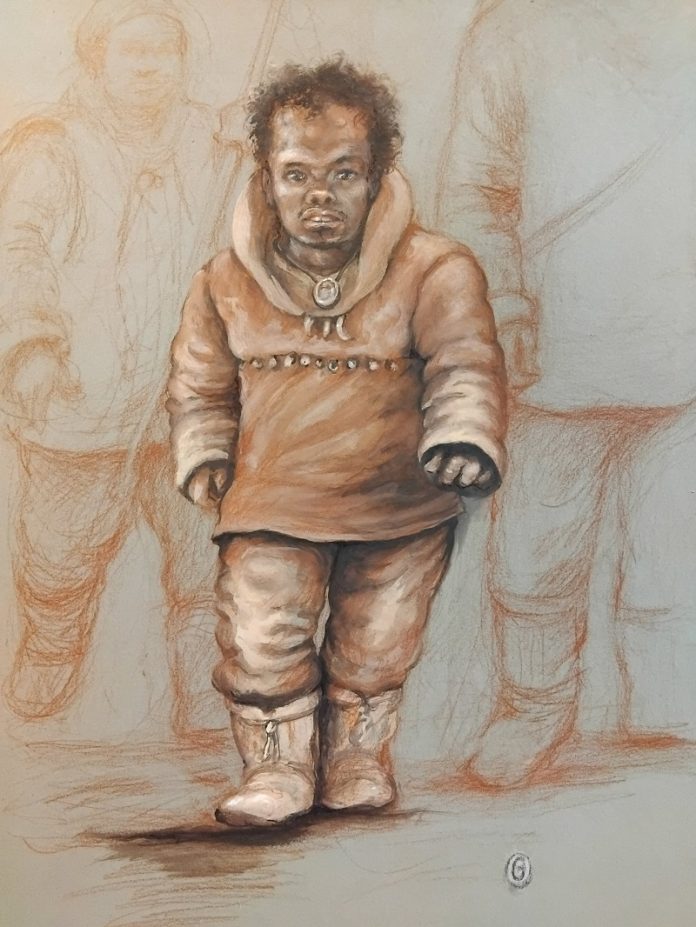
Recent research has shown that teenagers who lived 25,000 years ago during the Ice Age experienced puberty in much the same way as teens do today.
In a study published in the Journal of Human Evolution, scientists investigated how early humans grew up, revealing that ancient teens went through similar stages of adolescence, including changes like menstruation and voice deepening.
The study, led by paleoanthropologist April Nowell from the University of Victoria and Mary Lewis from the University of Reading, examined the bones of 13 ancient humans aged between 10 and 20 years old.
By analyzing specific markers in the bones, researchers were able to determine the different stages of puberty these young individuals experienced.
Mary Lewis developed a method to assess the timing of puberty by examining the mineralization of the canines and the development of bones in the hand, elbow, wrist, neck, and pelvis.
This is the first time this method has been used on fossils from the Paleolithic period.
Additionally, the study used peptide analysis, the oldest known method for determining the biological sex of individuals.
Surprisingly, the researchers found that these Ice Age teens were generally healthy and went through puberty at a similar age to modern teens.
Most of them entered puberty by the age of 13.5 and reached full adulthood between the ages of 17 and 22.
This timing is comparable to teenagers in today’s wealthier countries, which challenges the common belief that life during prehistoric times was “nasty, brutish, and short,” as famously described by philosopher Thomas Hobbes.
Nowell emphasized how this research helps us connect with the past in a personal way. “We all went through puberty, even though we may have experienced it differently,” she said. “Our study humanizes these ancient teens in a way that studying their tools or artifacts cannot.”
One of the individuals studied was “Romito 2,” an adolescent male with a form of dwarfism. By using the puberty assessment methods, the researchers learned more about Romito 2’s physical appearance and social role.
He was halfway through puberty when he died, meaning his voice would have been deeper like an adult’s, and he would have been capable of fathering children. However, due to his short stature, he may have looked more like a child, which could have influenced how his community perceived him.
The detailed information about the appearance and developmental stage of these Ice Age teens offers new insights into their burials and social roles.
This research was the result of a collaboration between six international institutions and will continue to explore the lives and social roles of Ice Age adolescents.



